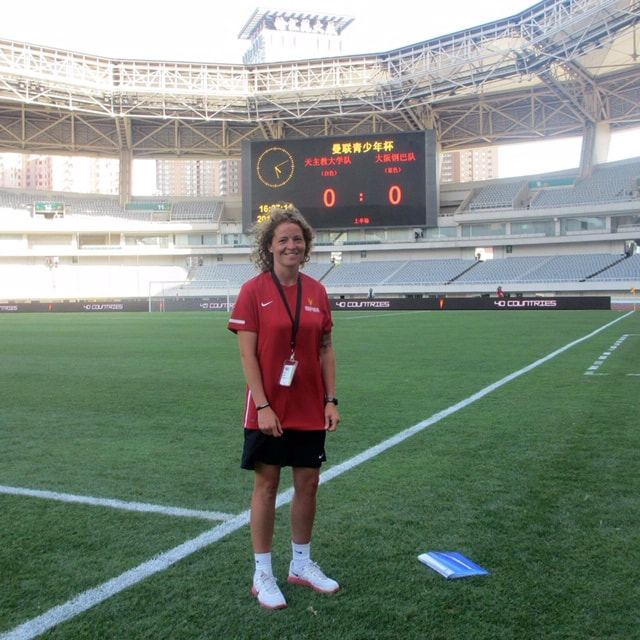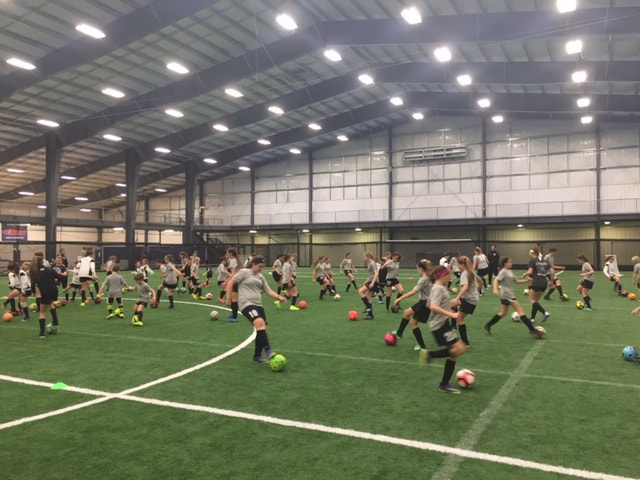The Beautiful Game
Easter Spring Clinic!
We are excited to announce our Easter Spring Goalkeeper and Striker clinic for local boys and girls age 10-17! This is an excellent opportunity to receive college coaching and work on various striking skills in an intensive and competitive training environment. Goalkeepers will be put through a position specific training and will work on skills such as shot stopping, diving techniques, dealing with crosses and distribution. Strikers will be put through a position specific training that will encompass a variety of ball striking skills, receiving out of the air, dribbling 1v1 and dealing with pressure from various angles. During the second portion of the clinic, we will bring both positions together for a fun, positive learning environment and enjoy the game will all love on our beautiful game field! Sign up on our "camps & clinics" page or email sinead.mcsharry@gmail.com for more information!


 RSS Feed
RSS Feed
